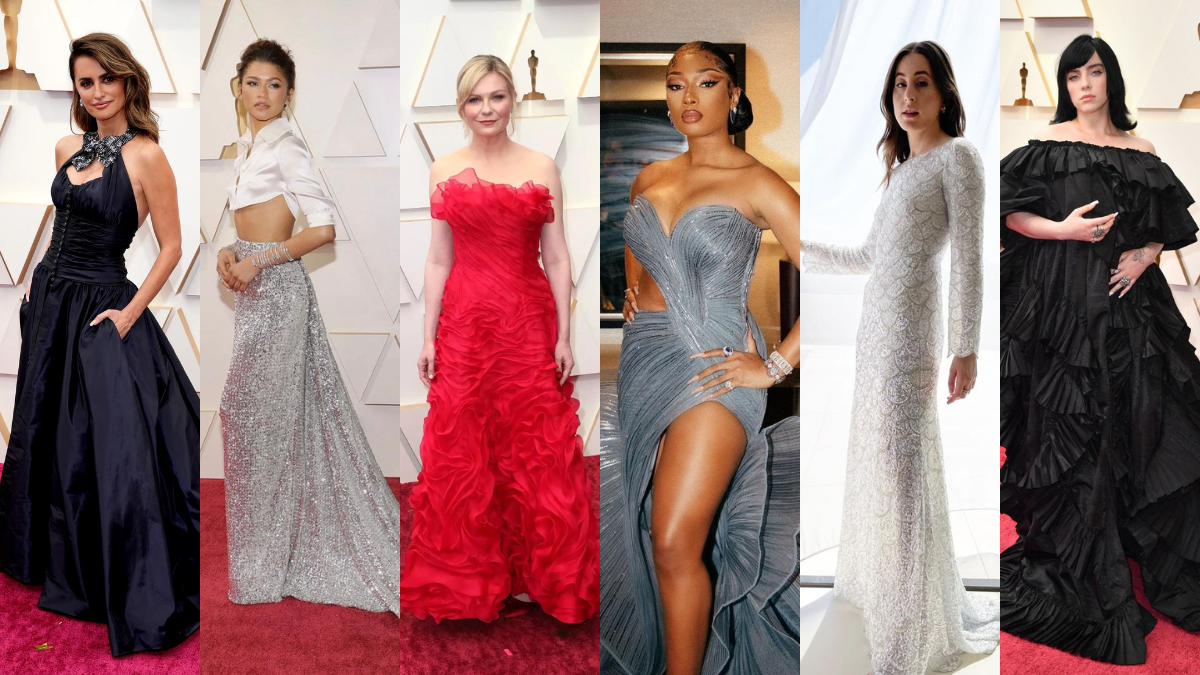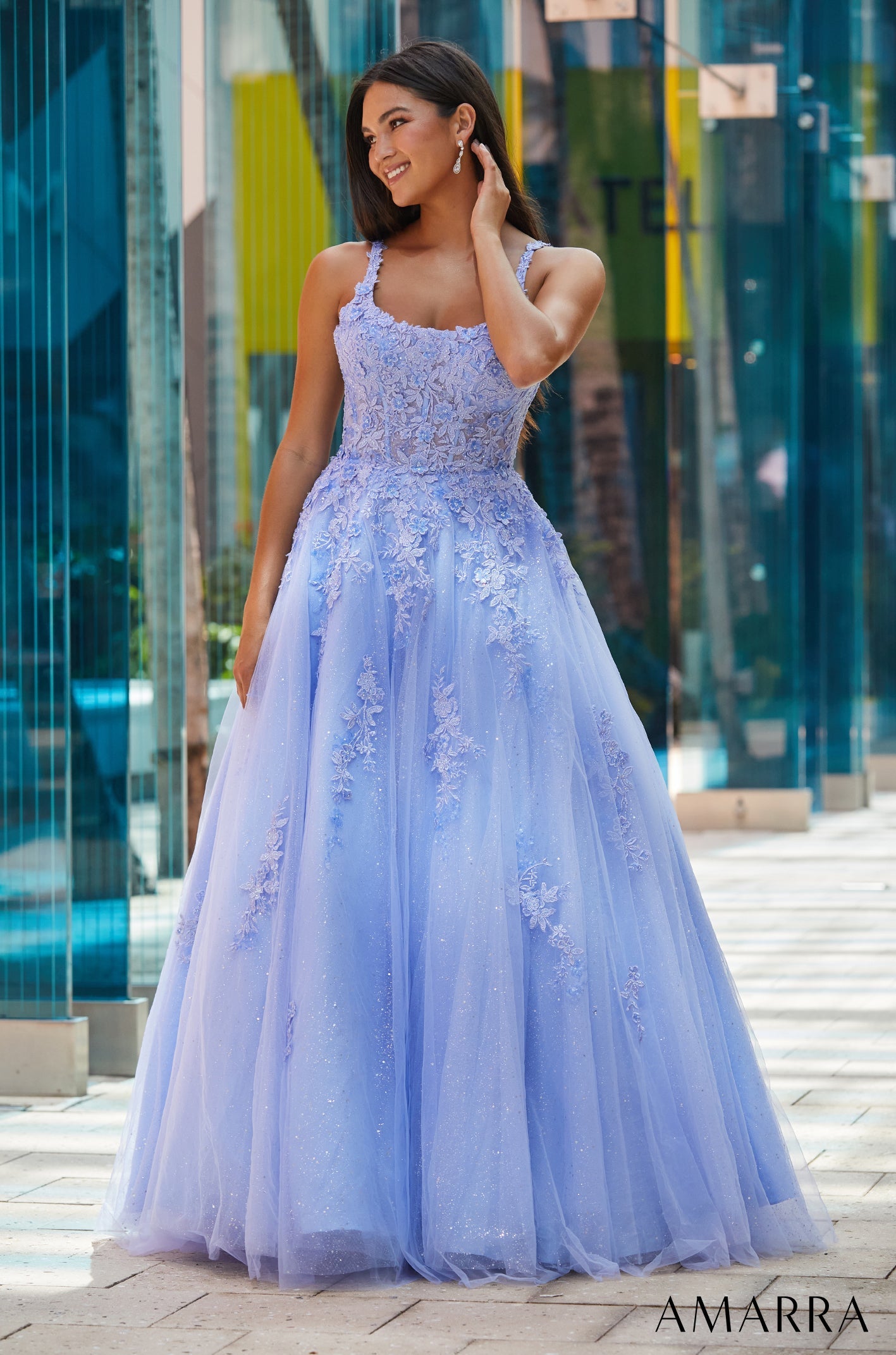Guide to Clothing Photography: Tips and Techniques for Beginners
In the digital age, where visuals play a crucial role in capturing audience attention, clothing photography has become increasingly important for businesses and individuals alike. Whether you’re a fashion entrepreneur looking to showcase your latest collection or an aspiring photographer venturing into the world of fashion, mastering the art of clothing photography is essential. This beginner’s guide will walk you through everything you need to know to create stunning and impactful images that resonate with your audience.
Clothing Photography
Before diving into the technical aspects of clothing photography, it’s crucial to understand its significance. In the fashion industry, visuals are the primary means of communication, conveying the style, quality, and personality of a brand or designer. Effective clothing photography goes beyond merely capturing clothes; it encapsulates the brand’s identity and evokes emotions in viewers.
Essential Equipment
To kickstart your clothing photography journey, you’ll need the right tools. Invest in a high-quality camera with interchangeable lenses to achieve sharpness and detail in your images. A tripod is essential for stability, especially during studio sessions. Additionally, lighting equipment such as softboxes, reflectors, and strobe lights are indispensable for achieving professional-looking results.
Setting Up Your Studio
Creating a conducive environment is key to successful clothing photography. Choose a spacious area with ample natural light or invest in artificial lighting for controlled setups. Use a neutral backdrop or consider using props that complement your garments without overshadowing them. Keep the space clutter-free to ensure the focus remains on the clothing.
Styling and Composition
Before photographing your garments, focus on styling and composition. Pay attention to details such as wrinkles, creases, and accessories. Use garment steaming tools to eliminate wrinkles and present a polished look. Experiment with different poses and angles to highlight the features and design elements of each piece.
Camera Settings and Techniques
Understanding camera settings and techniques is essential for capturing professional-grade clothing photos. Opt for a wide aperture (low f-stop) to achieve a shallow depth of field, emphasizing the subject while blurring the background. Utilize manual focus for precision and control over focal points. Bracketing exposures can help capture details in both highlights and shadows.
Editing and Post-Processing
Post-processing plays a significant role in refining and enhancing clothing images. Use editing software like Adobe Photoshop or Lightroom to adjust exposure, color balance, and contrast. Pay attention to color accuracy to ensure garments appear true to life. Remove distractions and blemishes to create clean and polished visuals.
Showcasing Your Work
Once you’ve captured and edited your clothing photos, it’s time to showcase your work effectively. Create an online portfolio or use social media platforms like Instagram and Pinterest to reach a wider audience. Consistency in branding and presentation is key to building a recognizable and compelling visual identity.
Conclusion
Clothing photography is both an art and a science, requiring a blend of creativity, technical skill, and attention to detail. By mastering the fundamentals outlined in this beginner’s guide, you’ll be well-equipped to create captivating images that elevate your brand or portfolio. Remember, practice and experimentation are crucial to refining your craft and staying ahead in the dynamic world of fashion photography.











